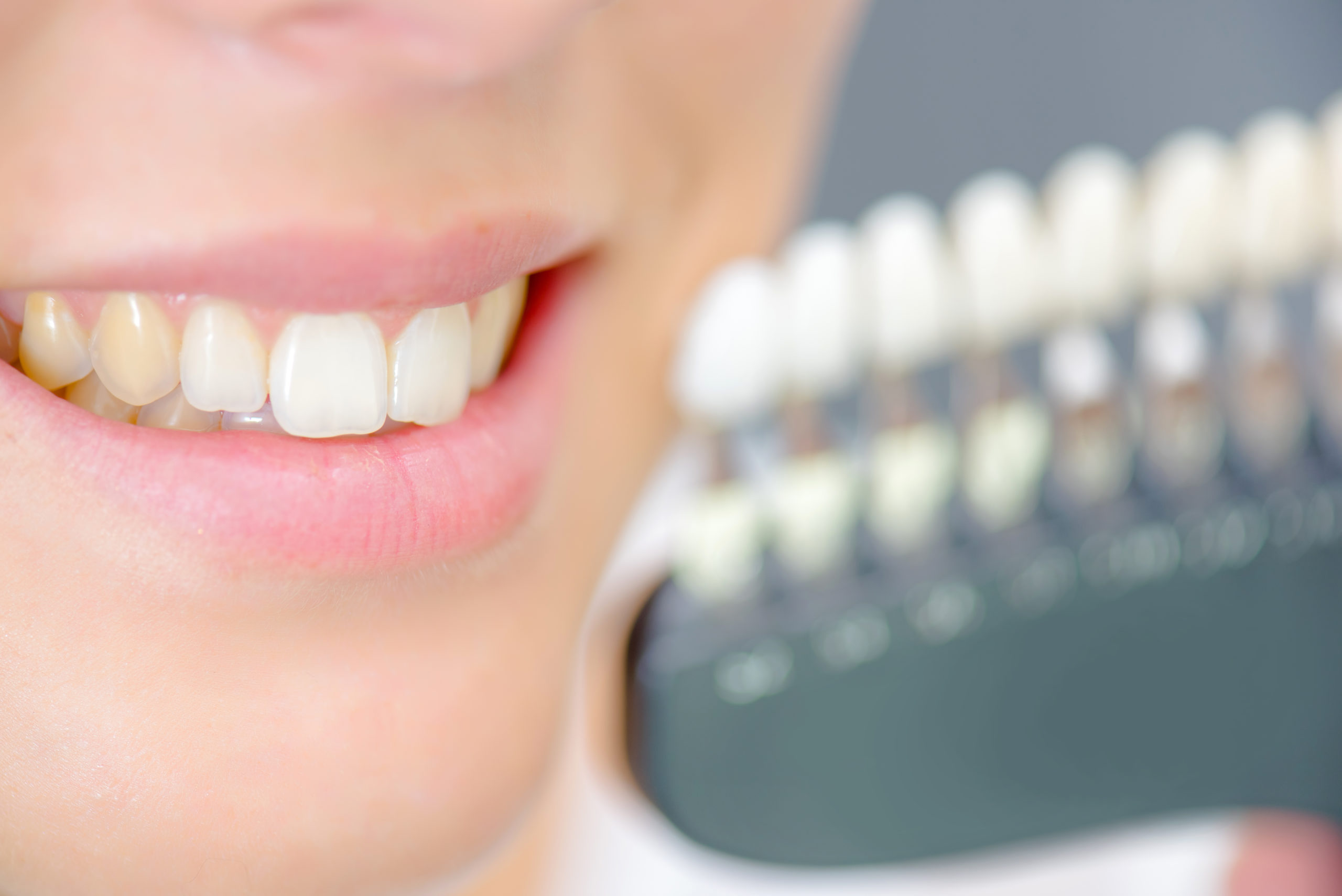
Causes of Tooth Staining: How Do They Get Yellow Stains?
You look in the mirror and flash a big smile only to be dissatisfied at what you see. If you have staining on your teeth, you’re not alone. Tooth staining and discoloration is a common complaint heard by nearly every dentist office.
There are many causes of tooth staining, such as certain foods and bad beverages, bad habits like smoking, and certain health conditions and medications. The color of the staining will majorly depend on the personal underlying cause. If you have experienced tooth staining, know that there are oral teeth whitening treatments available. But before correcting the dental staining, it’s important to learn and understand what is causing it, and how to avoid stains in the future.
Causes of Tooth Stains
Tooth stains can occur due to surface stains, internal changes in the tooth, or a combination of both. Tooth discoloration can be identified by three main categories:
- Extrinsic Teeth-Staining: An extrinsic tooth stain is a discoloration that develops on the surface of the teeth. Pigmented food and drink are common causes as coffee, wine, and other highly-pigmented foods and drink can create a film of protein that covers tooth enamel.
- Intrinsic Teeth-Staining: An intrinsic tooth stain is a discoloration that occurs below the surface of the tooth. Fluorosis, or excessive fluoride use, is a common oral cause of intrinsic teeth staining that results in lacy white markings, surface irregularities, and sometimes even pits in the tooth surface.
- Age-Related Teeth-Staining: It is normal to experience some degree of staining on your teeth as you age. In addition to certain foods and drinks that can cause staining, biological factors can impact the transparency of your oral tooth enamel and make your teeth appear more yellow than they really are as you age over time.
Poor dental hygiene can also contribute to tooth staining. Inadequate healthy brushing and flossing can cause decay and tartar to build up on the surfaces of the teeth which can make the teeth appear yellow or brown. Certain medical illnesses can also cause discolored teeth, such as conditions that affect enamel. Treatments used to treat certain health conditions can also cause discoloration, such as radiation and chemotherapy.
Preventing Tooth Staining
Preventing tooth staining requires the adoption of a strict oral health routine. If you have suffered from tooth staining or tooth discoloration in the past, it is important to determine the cause of the discoloration and make any necessary lifestyle or dental changes if needed.
As foods and drinks are some of the most common causes of tooth staining, you’ll want to watch out for certain edibles known to discolor teeth. Some of the biggest culprits include coffee, tea, soda, juice, wine, beets, blueberries, and tomato sauce. When you do ingest these stain-makers, brush or rinse your mouth out directly afterward to protect these foods from stains and ruining your enamel.
Other easy ways to keep your teeth stain-free is by drinking with a straw to limit the impact of bad stain-causing foods and drinks, using an antibacterial mouthwash to help fight plaque, and avoiding the use of oral tobacco.
How to Treat Stained Teeth
There are a number of products and procedures that can be used to rid your teeth of unsightly stains and discoloration. Some over-the-counter products, such as whitening toothpaste and whitening strips, can be effective in removing surface stains. However, these products will not remove severe stains or intrinsic stains that are located inside of your teeth.
If you really want to remove stubborn stains, you will need to speak with your dentist. Our Melbourne, FL cosmetic dentist offers in-office teeth whitening procedures designed to whiten your teeth several shades in just one session. These medical treatments typically use a higher concentration of hydrogen peroxide than what you can find in at-home products and are typically more effective in treating severe staining.
Schedule Teeth Whitening
What can you expect during teeth whitening? Our dentist will start by prepping the teeth with a prophylactic cleaner to remove plaque and debris. A bleaching gel is then applied to the teeth and kept on for 15 to 30 minutes. Your oral teeth whitening treatment may also include an intense light used to activate the bleach.
Ready to get rid of the stains on your teeth and smile? The dental experts at Artistic Touch Dentistry can help. Contact our office today to learn more about teeth whitening products or to schedule an appointment.

